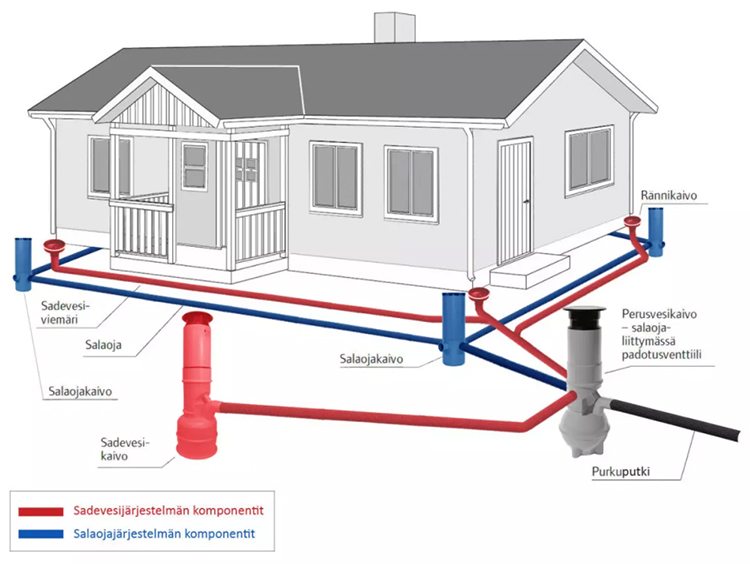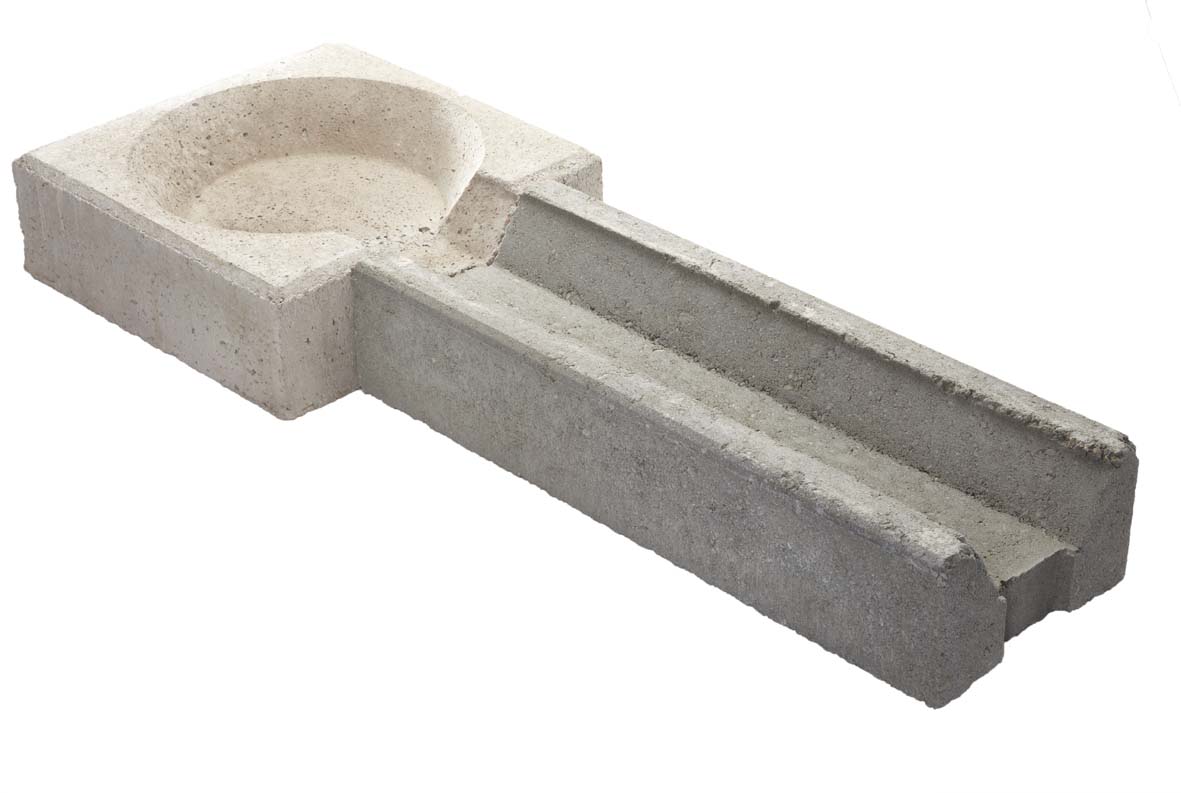- Liittynyt
- 29.03.2021
- Viestejä
- 14
Hey Guys! Sorry for writing in english, I was given the advice to ask for opinions on this platfomr.
I hope i will be tolerated here. My Finnish language is poor, though I am actively learning so I might be able to switch soon. Until that, I came here for help.
I have purchased an omakotitalo, and as being a mathematician and a software engineer, unfortunately I know very few about stuff related to houses, and in general. And as I know that everyone speaks amazing english in this country, I took the liberty of joining to this community.
So, the house came with a fresh kuntotarkastus, which was nice, it stated a lot of things, described the situation of those, etc. You know how that is. There is, and there was no surprises so far (been living here 6 months only) comparing the reality, and what was written in the kuntotarkastus, but I find one thing odd, which is the Salaoja.
There is, and there was no surprises so far (been living here 6 months only) comparing the reality, and what was written in the kuntotarkastus, but I find one thing odd, which is the Salaoja.
So, as being said, I don't really have any insight, experience, or knowledge about most of these things, but I have some common sense, so when the fitness check says there is absolutely nothing wrong with the Salaoja, but then now , as the spring comes, and the snow melts, I notice this, somewhat I have issues to believe that this is normal. [image: one , two , three]
In theory, those pipes exists, where the Salaoja could be connected. (Once we had a Sewer issue, and the guy who came out to check it said that, because I asked. [see image])
So I think I have two individual questions here. One is that am I right when I say, despite of the kuntotarkastus not mentioning this, this is far from ideal? I mean all the water are pretty much ends up under the house itself?
So if that's the case, what do you think the right path or approach I should take? I mean i guess i'd need to direct those pipes under the house, and then connect them into that "pit"?
Or if you think there some important information I forgot to share regarding the manner. just ask. Any hint that points me to the right direction is highly appreciated.
Thanks for your help in advance, and sorry for writing in english.
Richi
I hope i will be tolerated here. My Finnish language is poor, though I am actively learning so I might be able to switch soon. Until that, I came here for help.
I have purchased an omakotitalo, and as being a mathematician and a software engineer, unfortunately I know very few about stuff related to houses, and in general. And as I know that everyone speaks amazing english in this country, I took the liberty of joining to this community.
So, the house came with a fresh kuntotarkastus, which was nice, it stated a lot of things, described the situation of those, etc. You know how that is.
So, as being said, I don't really have any insight, experience, or knowledge about most of these things, but I have some common sense, so when the fitness check says there is absolutely nothing wrong with the Salaoja, but then now , as the spring comes, and the snow melts, I notice this, somewhat I have issues to believe that this is normal. [image: one , two , three]
In theory, those pipes exists, where the Salaoja could be connected. (Once we had a Sewer issue, and the guy who came out to check it said that, because I asked. [see image])
So I think I have two individual questions here. One is that am I right when I say, despite of the kuntotarkastus not mentioning this, this is far from ideal? I mean all the water are pretty much ends up under the house itself?
So if that's the case, what do you think the right path or approach I should take? I mean i guess i'd need to direct those pipes under the house, and then connect them into that "pit"?
Or if you think there some important information I forgot to share regarding the manner. just ask. Any hint that points me to the right direction is highly appreciated.
Thanks for your help in advance, and sorry for writing in english.
Richi


